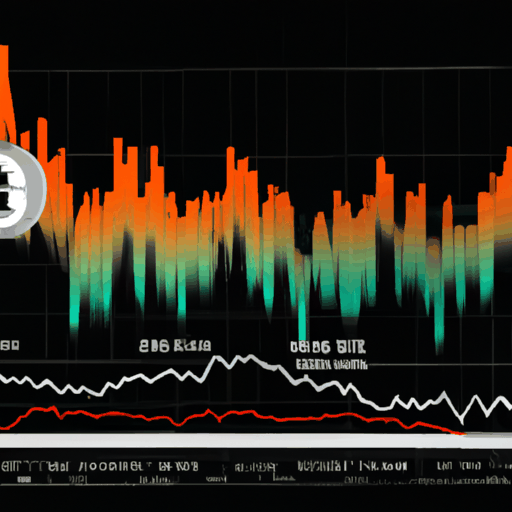
Bitcoin Faces Key Test Amid Market Volatility
By: Eva Baxter
Bitcoin's market dynamics are currently at a critical juncture as the cryptocurrency approaches a significant resistance level at $106,400. This price point has previously acted as a pivotal axis for Bitcoin, influencing both support and resistance levels. If Bitcoin clinches a successful close above this marker, it could usher in a bullish phase with potential targets between $114,000 and $120,000. However, a failure to maintain these levels may see Bitcoin's price retracting towards earlier lows, thus retaining the longer-term bearish outlook around $126,000.
Traders are also closely observing the current CME futures gap that emerged due to a weekend rally, placing Bitcoin's price around $104,160 to $110,370. Historically, over two-thirds of such gaps close within 48 hours, implying that traders are keenly watching to see if Bitcoin will gravitate towards either boundary of this gap. The end of the U.S. government shutdown has buoyed markets, possibly providing further tailwinds to Bitcoin and other risk assets, albeit with caution amid continued Treasury yield pressure.
In parallel, macro analysis shows ongoing outflows from Bitcoin investment products, which totaled $946 million in recent weeks. This signals inconsistent demand, highlighting the importance of a sustained streak of net ETF creations. Derivatives positioning further complicates the landscape, with significant open interest around current price points attracting predominant put options over call options, thereby capping immediate price surges.
Overall, Bitcoin's immediate future hinges on how the market reacts at the $106,400 resistance level. Should the cryptocurrency manage to close above this band consecutively, it could signify a bullish shift potentially breaching $120,000. Conversely, continued resistance at this level would affirm the bearish sentiment, possibly dragging Bitcoin back to the $100,000 mark. As these dynamics play out, traders are advised to maintain vigilant risk management strategies to navigate the potential volatility.



